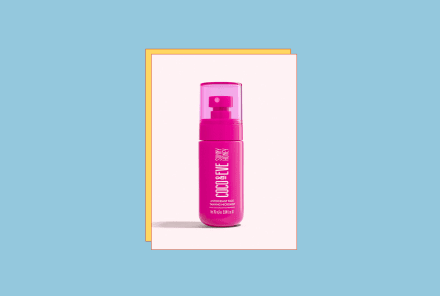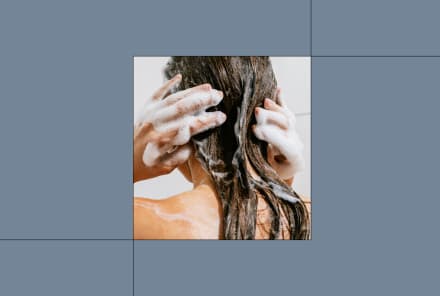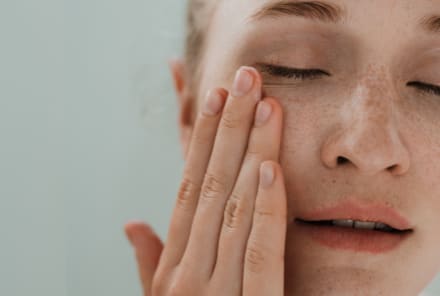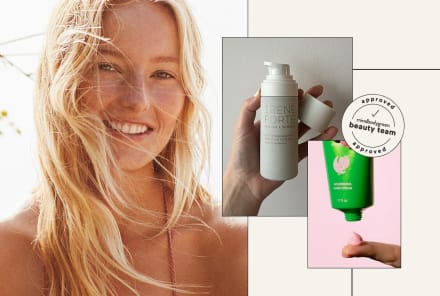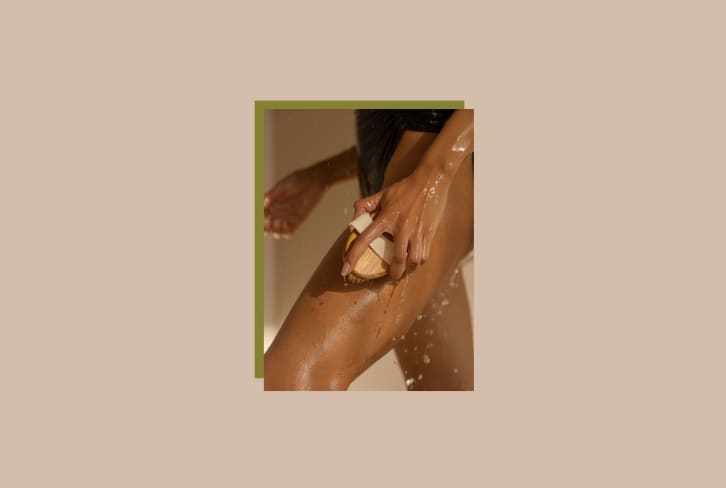Advertisement
I'm A Mold Remediator & This Is The Spring Cleaning Checklist I Swear By

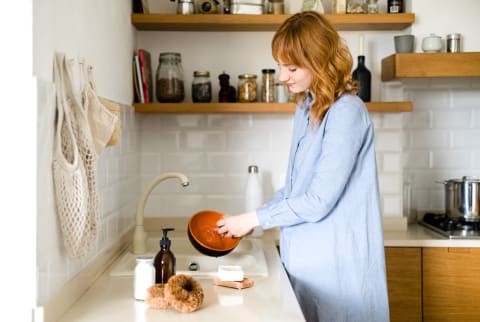
Spring cleaning doesn't just help keep our homes looking neat, tidy, and free from icky surfaces. As a mold remediation expert, I also see it as an opportunity to remove microscopic particles and promote a healthy indoor environment.
With that in mind, here are my top tips for nailing this year's spring cleaning using the right products, process, and methodology to ensure your space is actually clean as can be:
Gather the right products
Before jumping into the cleansing part of the process, make sure that you have the right products in your tool kit. Otherwise, you could be spending all of that time and effort working hard, only to leave a bunch of microscopic particles behind. (And just because you can't see them doesn't mean that they're not there.)
Here are a few products that should be in all cleaning arsenals:
- Nontoxic products with surfactants: Nontoxic cleaners are great for non-porous and semi-porous surfaces. Instead of harsh chemicals like bleach (which can actually lower indoor air quality, trigger health reactions in sensitive individuals, and harm the environment), plant-based products utilize natural ingredients to deal with contaminants. The addition of surfactants ensures they don't get left behind and continue to build up.
- Microfiber towels: These are a staple for cleaning any home properly because they're much more effective at removing particles than a cotton towel. They're made from polyester and polyamide fibers, which are split into thin threads and then woven together. This tightly intertwined fabric is what gives them their cleaning power. When dry, microfiber towels are able to produce static electricity, allowing them to pick up more particles like mold spores and bacteria.
- A HEPA vacuum: HEPA vacuums have a unique filtration system that sets them apart. While other machines will filter out the majority of smaller particles, they don't have the capability to stop some ultrafine and microscopic particles like mold spores. The technology behind HEPA filters allows them to filter out and remove smaller particles instead of just blowing them back into the surrounding environment. To reach the EPA standard and be qualified as a HEPA filter, they must filter out 99.7% of particles that pass through that are 0.3 micron in size.
- A plant-based laundry additive: This is ideal for all machine-washable items because it helps remove microscopic particles like mold spores and bacteria so they don't continue to build up on the surface. As an added bonus, nontoxic detergents help keep the laundry machine clean and particle-free.
Be thorough
The cleaner your home is, the fewer particles there will be hanging around potentially causing issues—so be thorough! Throw on your favorite cleaning outfit, blast that music playlist, and jump into giving your home a sparkly, fresh interior.
The following process can be used for those much-needed deep cleaning extravaganza days, but the general guidelines can be used for everyday cleaning as well:
- Go room by room. It's a time-consuming process, but it will ensure that your entire space is clean, not just commonly frequented areas like the kitchen and bathroom.
- Throw all machine-washable items in the laundry. This will get started on removing as many of those microscopic particles from the porous items. Don't forget items like bath mats, blankets, pillowcases, and shower curtains.
- Turn on the air purifier. This machine will help eliminate the microscopic particles that will get kicked up during the cleaning process.
- Begin deep cleaning items that need to be soaked, like the showerhead, sink faucets, toothbrushes, parts of appliances, etc.
- Work top to bottom. As you go, don't forget to remove items from shelves and shift larger pieces of furniture from their original spots.
- Dust all surfaces with a slightly damp microfiber cloth or HEPA vacuum cleaner, depending on the surface type.
- Clean every available surface (including nooks and crannies!) using the correct products for the job. Make sure to check the dwell time for each product and then wipe with a microfiber towel.
- Use a HEPA vacuum cleaner for the floors, followed by a botanical cleanser. Mist the floor so that particles don't aerosolize further while you mop the floor. Use a microfiber mop to wipe the product away.
- Allow everything to dry completely so that moisture doesn't remain in the space because this can allow for microbial growth. (Some species of mold can grow in as little as 24 to 48 hours given a wet surface.)
Don't forget to check for these things
Dust:
Gravity brings particles like mold spores, mycotoxins, and endotoxins down to horizontal surfaces like floors, door frames, and furniture. So basically, where dust collects, so do these indoor contaminants. Dusting helps remove these small particles from your home so that they don't get kicked up into the air.
Use a damp microfiber cloth and a HEPA vacuum on surfaces throughout the home to eliminate dust so that it doesn't continue to build up.
Pro tip
Appliances:
Appliances are some of the top places for microbial growth because they tend to accumulate moisture. Be sure to check with the manufacturer's instructions for tailored suggestions on cleaning methods, products, and frequency. A few top appliances to clean include:
- Dishwasher
- Laundry machine
- Coffee maker
- Refrigerator (including the water spout)
- Blender
- Microwave
- Juicer
- Air fryer
Out-of-sight areas:
There are some places in the home that are easy to forget to clean, especially if we rarely see them. (When was the last time you checked out the floor underneath your fridge?) There's a high likelihood that these places are a bit gross. The more frequently they're cleaned, the less likely they are to be bogged down with a layer of gunk. Here are a few often-neglected spots to be sure you cover:
- Sink faucets
- The garbage disposal
- Ceiling fan blades
- Air vent covers
- Door frames, windowsills, picture frames, shelves, and other horizontal surfaces
- Inside cabinets
- Refrigerator coils and water line
- Trash can
- Dishwasher filter
- Bathtub jets
- Drains
Pro tip
The takeaway
The key to spring cleaning is gathering the right supplies, being thorough, and paying attention to spaces you usually neglect. Cleaning may not be the most fun activity, but it's important, and this routine will help ensure you're doing it in the most effective way possible.
Watch Next
Enjoy some of our favorite clips from classes
Enjoy some of our favorite clips from classes
What Is Meditation?
Mindfulness/Spirituality | Light Watkins
Box Breathing
Mindfulness/Spirituality | Gwen Dittmar
What Breathwork Can Address
Mindfulness/Spirituality | Gwen Dittmar
The 8 Limbs of Yoga - What is Asana?
Yoga | Caley Alyssa
Two Standing Postures to Open Up Tight Hips
Yoga | Caley Alyssa
How Plants Can Optimize Athletic Performance
Nutrition | Rich Roll
What to Eat Before a Workout
Nutrition | Rich Roll
How Ayurveda Helps Us Navigate Modern Life
Nutrition | Sahara Rose
Messages About Love & Relationships
Love & Relationships | Esther Perel
Love Languages
Love & Relationships | Esther Perel
